This book follows the lecture delivered by one of the major experts in the field of critical editing, Dr Bashar Awwad Ma’rouf, on Wednesday, 2 March 2016, titled “Introduction to Editing Manuscripts”, within the framework of the Tenth Training Course on Editing, organised by Al-Furqān Islamic Heritage Foundation, in cooperation with Dar al-Hadith al-Hassania Institute in Rabat. The fundamental premise for organising this lecture was to provide an integrated and comprehensive perspective on the process of editing, by offering an explanation of its most important steps. Dr Ma’rouf presented the most important qualities to be expected in the editor, such as knowledge of the Islamic culture; proficiency in the subject of the edition; knowing how to gather manuscript copies, and selecting the most suitable and genuine ones; unifying orthography by applying contemporary writing norms; organising and emending the text content; clarifying the text with useful comments; and creating indices and bibliographies. The desired outcome should be to identify the true meaning of the text, namely to illustrate the author’s position, and deduce the essence of the content and merits of the text, while explaining the approach to the editing work, with the ultimate goal to represent at best what the author believed and wanted to transmit within the text at the end of his life. In addition to this lecture, the book includes concepts and thoughts from other lectures delivered by Dr Ma’rouf in previous training courses and conferences, as reflected by the title of the book: “Perspectives on the Methodologies for Critical Editing of Arabic Manuscripts”. We hope that students, researchers, and experts in the critical editing of manuscripts will benefit from these important and useful lectures, as well as from Dr Ma’rouf’s extensive experiences in this field.
 Shared Knowledge
Shared Knowledge
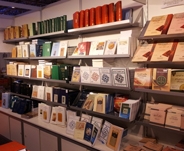
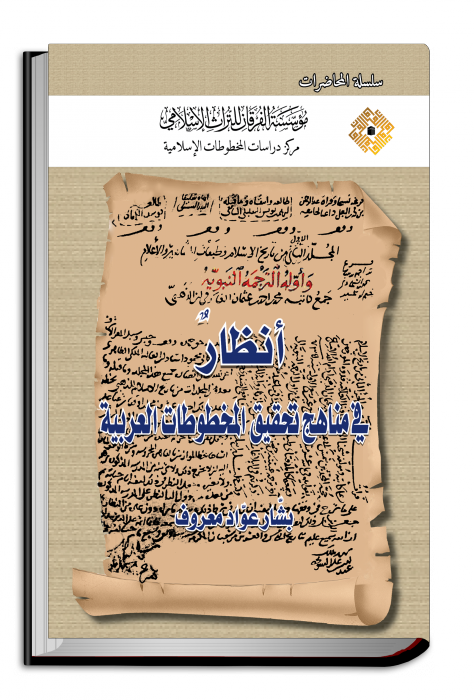
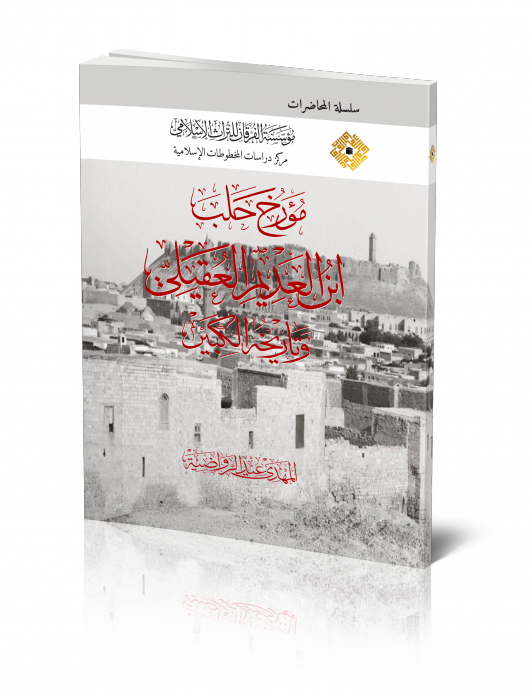 Ibn al-‘Adīm al-‘Uqaylī and his "History of Aleppo"
Ibn al-‘Adīm al-‘Uqaylī and his "History of Aleppo"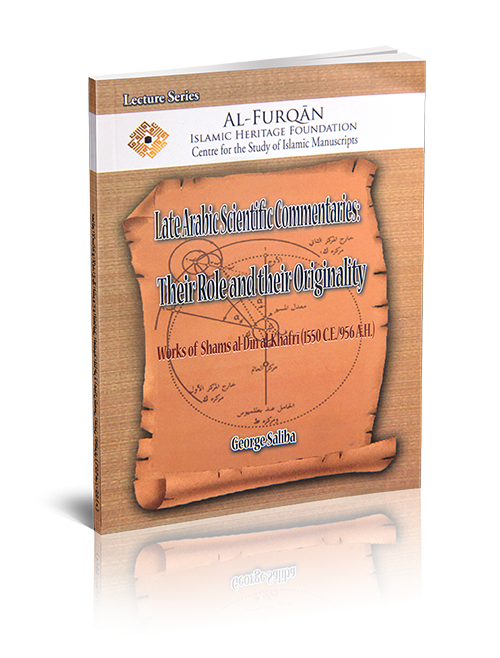 Late Arabic Scientific Commentaries: Their Role and their Originality : Works of Shams al-Dīn al-Khafrī (1550 C.E./956 A.H.) - English version
Late Arabic Scientific Commentaries: Their Role and their Originality : Works of Shams al-Dīn al-Khafrī (1550 C.E./956 A.H.) - English version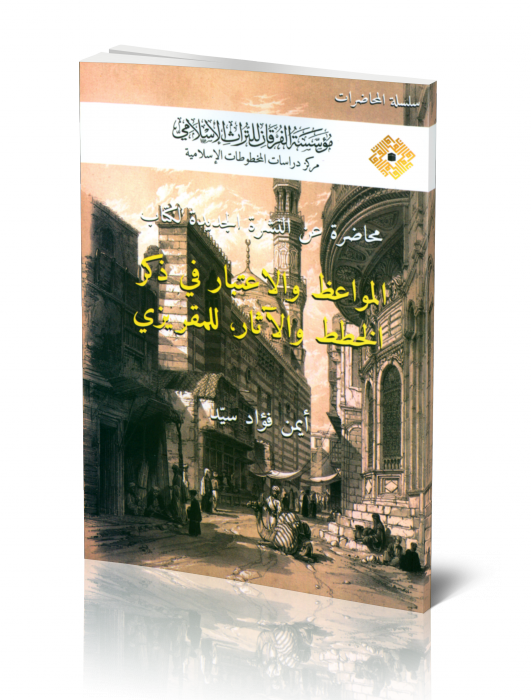 Lecture on the New Edition of the Book Al-Mawāʿiẓ wal-Iʿtibār fī Dhikr al-Khiṭaṭ wal-Āthār lil-Maqrīzī
Lecture on the New Edition of the Book Al-Mawāʿiẓ wal-Iʿtibār fī Dhikr al-Khiṭaṭ wal-Āthār lil-Maqrīzī